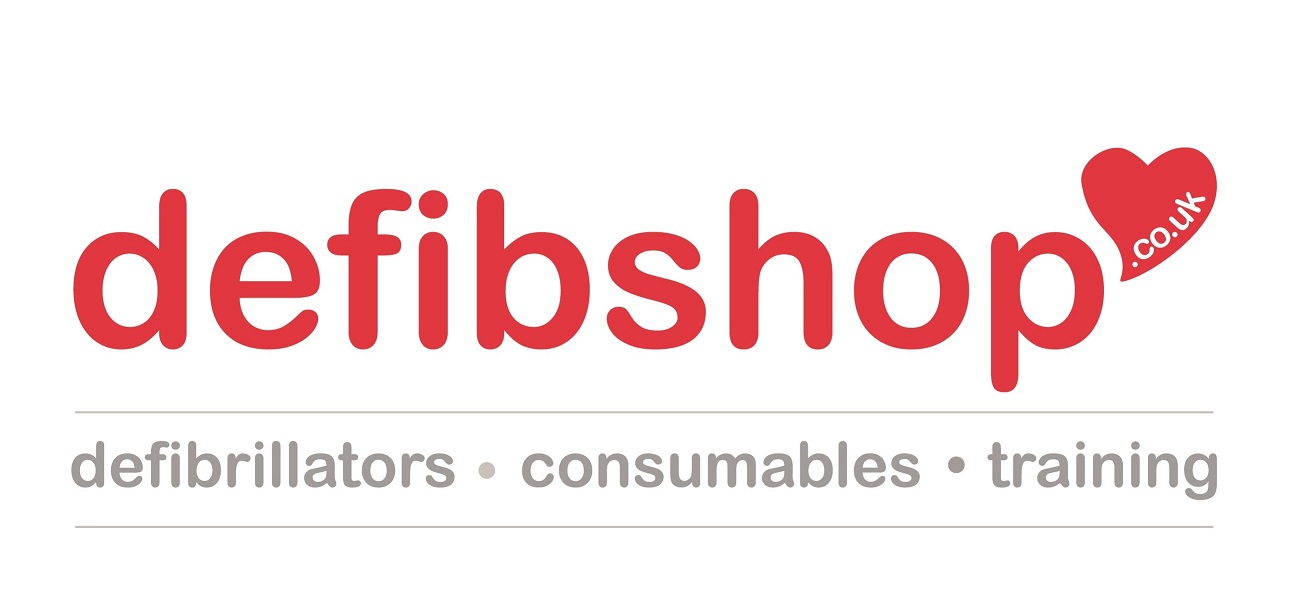Defibshop Sales Manager Lindsay Atherton discusses Sudden Cardiac Arrests (SCA), what they are and what you can do to stop it.
SCA is a term you may have heard from time to time whether it is in the news, articles or even on the radio. Regardless, it’s a condition which is very present within the world, affecting more than 30,000 people in the UK each year alone.
Whilst we assume all conditions of the heart are the result of an unhealthy lifestyle, age or genetics; it is a scary truth to learn the Sudden Cardiac Arrest can occur in everyone whether they be young, old, fit as a fiddle or a couch potato.
So what is SCA exactly? Well, often a cardiac arrest is mistaken for a heart attack, which is in fact a very different occurrence. A heart attack occurs when the supply of blood to the heart is suddenly blocked. This usually happens as a result of a blood clot whereas a Sudden Cardiac Arrest is a condition caused by an electrical malfunction in the heart which stops blood from pumping around the body. SCA often occurs suddenly, with no prior warning or conditions to prepare the victim and can be fatal, if not treated instantly.
The electrical malfunction will cause chaos in the heart, leaving it unable to pump blood around the body, starving the brain and other vital organs of blood and oxygen. It is only with CPR and a shock from a defibrillator that a casualty’s life can be saved, and action must be taken quickly.
In simple terms, a cardiac arrest is an electrical problem, whilst a heart attack is a circulation problem. Heart attacks can be prevented by leading a healthy lifestyle, avoiding highly processed foods, not smoking and exercising regularly. Sudden cardiac arrest however cannot be prevented and so the only definitive way to protect those which fall victim of SCA, is to ensure the accessibility of a defibrillator in workplaces, communities and other public locations.
Of the 30,000 cardiac arrests which occur each year in the UK, only 10% survive. 12 young people die each week from cardiac arrest, and of these, 270 of these deaths will occur in school.
So what can we do to change this?
A raised awareness of defibrillators, cardiac arrest and the life-saving treatment which can be applied are essential to see an increase in survival. Simple bystander CPR can help double a victim’s chances of survival, with the inclusion of a defibrillator shock delivered within the first 3-5 minutes of collapse, a casualty’s chances of survival can increase from just 6% to 74%.
Within every workplace, equipment such as fire extinguishers, escape plans and regular drills are put into place by law to ensure the protection of employees against a fire…but what about cardiac arrest?
Statistics show that approximately 300 people will die each year from fires in England; the fatalities of cardiac arrests in the UK are 100,000.
Whilst fire precaution and safety is absolutely essential within every workplace, we feel cardiac arrest prevention simply must be held in just as high priority and made lawful for every workplace to be equipped with an accessible AED. With every minute a victim is in cardiac arrest, chances of survival decrease by 10%, by making AEDs more available for public use and increasing education on the life-saving steps to take in the event of an SCA, we can see a positive change in the fatality rates and increase the public’s ability to save a life.
We have helped many work spaces become “heart safe” with a defibrillator, with some of these devices supplied being the reason for the survival of victims which fell victim to a cardiac event whilst in work.
Whilst defibrillators may look like a complicated piece of tech, they’re designed to be intuitive and easy to use by practically anyone. With audible narration or visual instructions to help guide you through the process one step at a time, from pad application to CPR to shock administration, it’s really never been easier to save a life.
As the most important organ in the body, an investment into the protection of your heart is the most significant one you can make. Education, first aid courses and access to an AED in public areas, schools and the workplace are the most effective ways to prepare for a cardiac arrest and provide victims with the highest chance of survival against cardiac arrest.
For more information on Sudden Cardiac Arrest and defibrillators, please visit www.defibshop.co.uk





